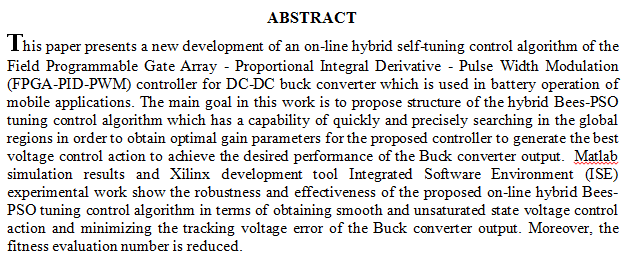
 (3)
(3)
The study involved preparing a new compound by combining between 2-hydroxybenzaldehyde and (Z)-3-hydrazineylideneindolin-2-one resulting in Schiff bases and metal ions: Mn(II), Co(II), Ni(II), Cu(II), and Zn(II) forming stable minerals-based-Schiff complexes. The formation of resulting Schiff bases is detected spectrally using LC-Mss which gave corresponding results with theoretical results, 1H-NMR proves the founding of N=CH signal, FT-IR indicates the occurrence of imine band and UV-VIs mean is proved the ligand formation. On the other hand, minerals-based-Schiff was characterized using the same spectral means that relied with ligand (Schiff bases). Those means gave satisfactory results and proved the suggested distinguishable geometries.
... Show MoreDapagliflozin is a novel sodium-glucose cotransporter type 2 inhibitor. This work aims to develop a new
validated sensitive RP-HPLC coupled with a mass detector method for the determination of dapagliflozin, its
alpha isomer, and starting material in the presence of dapagliflozin major degradation products and an internal
standard (empagliflozin). The separation was achieved on BDS Hypersil column (length of 250mm, internal
diameter of 4.6 mm and 5-μm particle size) at a temperature of 35℃. Water and acetonitrile were used as
mobile phase A and B by gradient mode at a flow rate of 1 mL/min. A wavelength of 224nm was selected to
perform detection using a photo diode array detector. The method met the
 (1)
(1)
 (28)
(28)
 (23)
(23)
New chelating ligand derived from triazole and its complexes with metal ions Rhodium, Platinum and Gold were synthesized. Through a copper (I)-catalyzed click reaction, the ligand produced 1,3-dipolar cycloaddition between 2,6-bis((prop-2-yn-1-yloxy) methyl) pyridine and 1-azidododecane. All structures of these new compounds were rigorously characterized in the solid state using spectroscopic techniques like: 1HNMR, 13CNMR, Uv-Vis, FTIR, metal and elemental analyses, magnetic susceptibility and conductivity measurements at room temperature, it was found that the ligand acts as a penta and tetradentate chelate through N3O2, N2O2, and the geometry of the new complexes are identified as octahedral for (Rh & Pt) complexes a
... Show More (2)
(2)
 (1)
(1)
تم تحضير ثلاث معقدات جديدة Ni (II)و Cu (II) و Zn (II) باستخدام الليكند المحضر الجديد من تفاعل حامض مالونيك ثنائي هيدرازايد مع 2-بيريدين كربوكسالديهايد. حيث شخصت المعقدات لمحضرة وكذلك الليكند باستخدام تقنيات مختلفة مثل FT-IR و UV-Vis و Mass و 1H-NMR و 13C-NMR وتحليل العناصر CHN و تقدير محتوى الكلور والموصلية المولارية والحساسية المغناطيسية والامتصاص الذري لتشخيص هذه المركبات. لكل معقد محضر جديد من النيكل والنحاس والزنك ، كشفت نتائج ا
... Show MoreThe study involved preparing a new compound by combining between 2- hydroxybenzaldehyde and (Z)-3-hydrazineylideneindolin-2-one resulting in Schiff bases and metal ions: Mn(II), Co(II), Ni(II), Cu(II), and Zn(II) forming stable minerals-based-Schiff complexes. The formation of resulting Schiff bases is detected spectrally using LC-Mss which gave corresponding results with theoretical results, 1H-NMR proves the founding of N=CH signal, FT-IR indicates the occurrence of imine band and UV-VIs mean is proved the ligand formation. On the other hand, minerals-based-Schiff was characterized using the same spectral means that relied with ligand (Schiff bases). Those means gave satisfactory results and proved the suggested distinguishable geometries
... Show MoreExperimental densities, viscosities η, and refractive indices nD data of the ternary ethanol+ n-hexane + 3-methyl pentane system have been determined at temperatures 293.15,303.15 and 313.15 K and at atmospheric pressure then these properties were calculated theoretically by using mixing rules for densities, viscosities and refractive indices .After that the theoretical data and the experimental data were compared due to the high relative errors in viscosities an equation of viscosity was proposed to decrease the relative errors.
SYNTHESIS AND CHARACTERISATION OF NEWCo(II), Zn(II) AND Cd(II) COMPLEXES DERIVED FROM OXADIAZOLE LIGAND AND 1,10-PHENANTHROLINE AS Co-LIGAND
